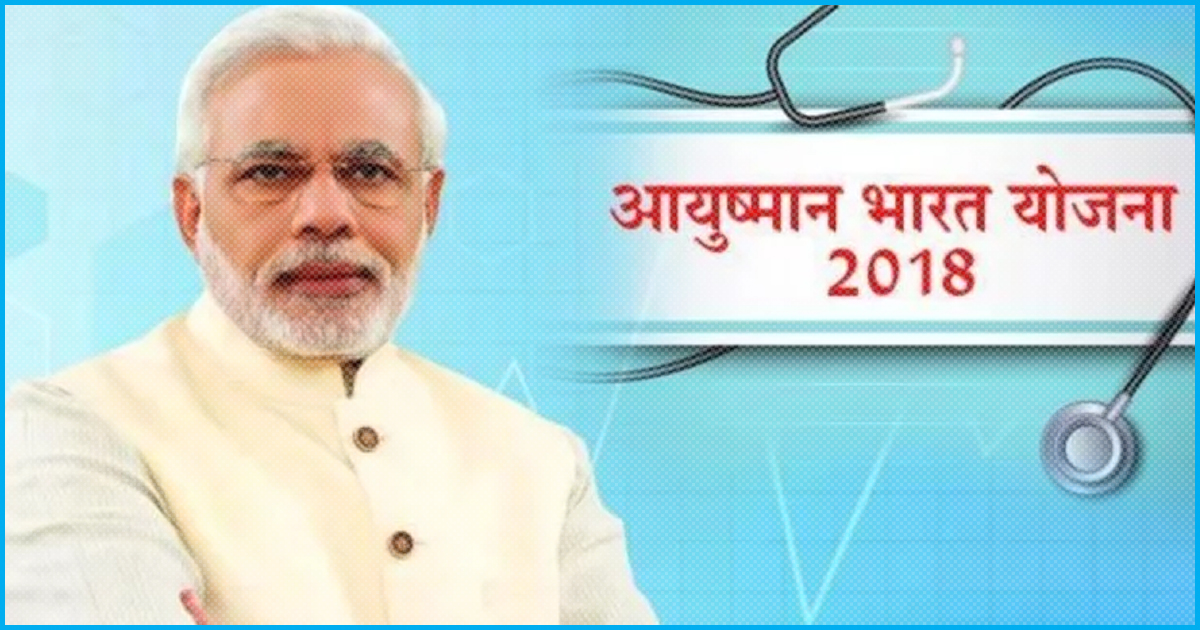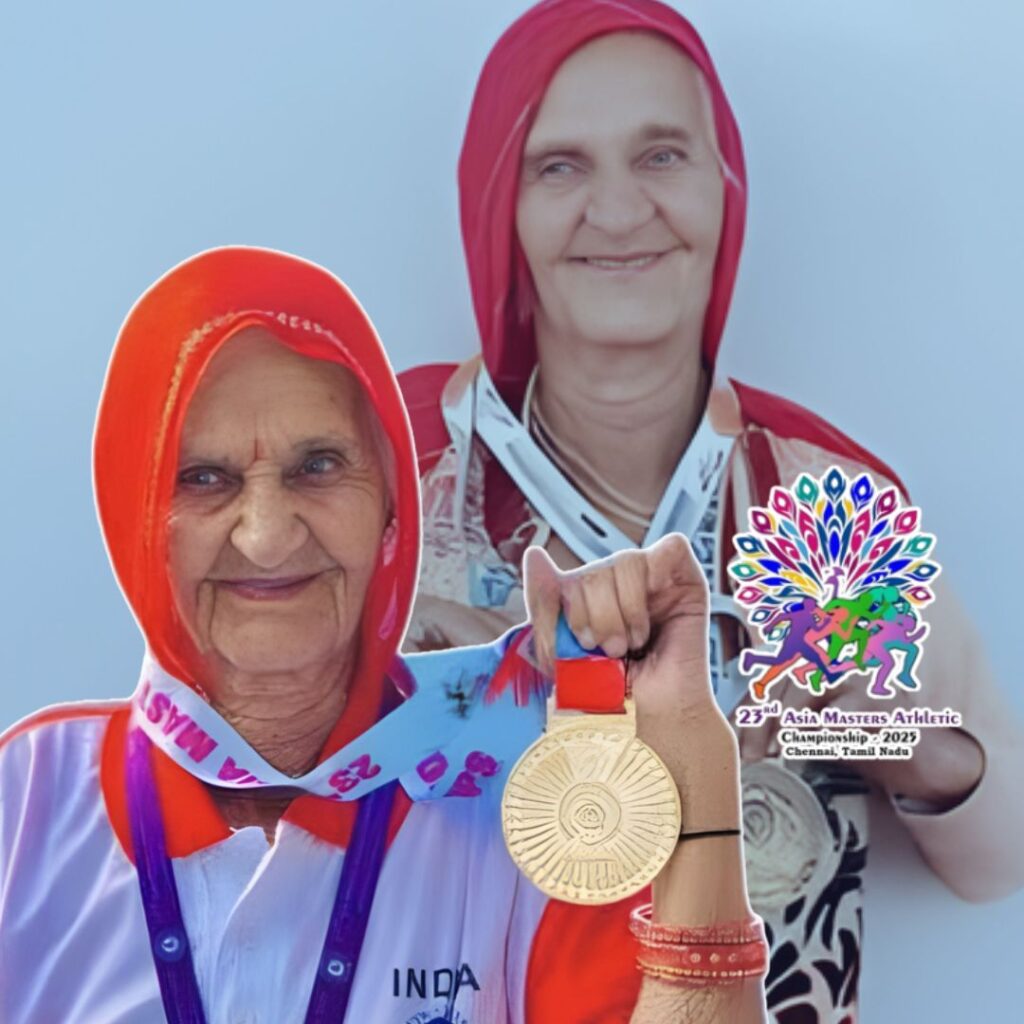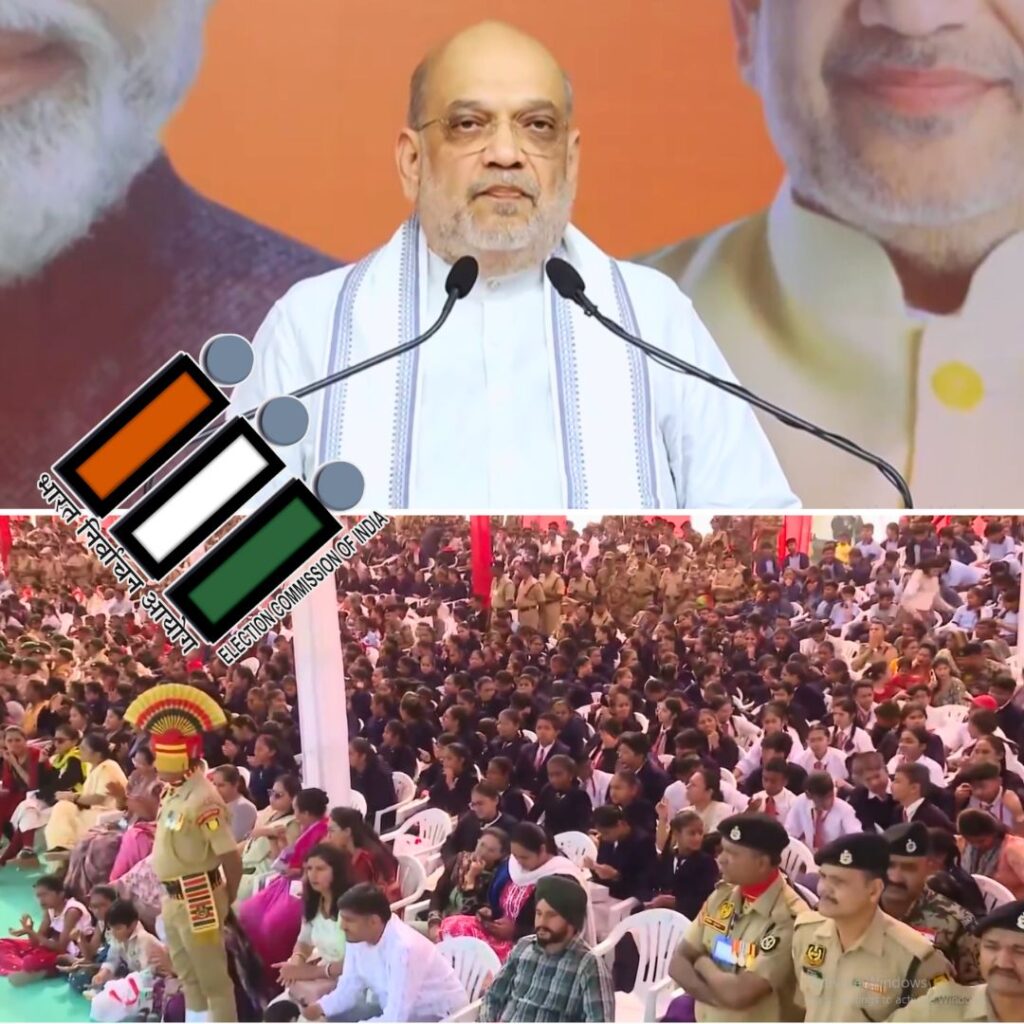‘Ayushman Bharat’ or the ‘Prime Minister’s Jan Aarogya Yojana’ (PM JAY) was launched recently by the Government of India. This health insurance scheme aims to cover 10 crore families based on Socio-Economic & Caste Census (SECC) data.
PM JAY is a centrally sponsored scheme where the Center & States will share the expenditure in the ratio of 60:40 for all normal states. This is as per the new guidelines issued by the Ministry of Finance in 2015 for all centrally sponsored schemes.
As per the information shared by the government in the Lok Sabha, 25 States/UTs have signed up for the scheme as of July 2018. Why have some states like Telangana & Andhra Pradesh not signed up for ‘Ayushman Bharat’?
Difference in Eligibility Criteria is a major issue
States like Andhra Pradesh & Telangana have an active health insurance scheme that is running for more than 10 years. The Aarogyasri scheme, that is being implemented in these Telugu speaking states was launched in 2007. This scheme differs from ‘Ayushman Bharat’ majorly in terms of the eligibility criteria.
The objection of these states is mainly about the eligibility criteria which leaves out a number of beneficiaries that are currently being served under the Aarogyasri scheme. While the Ayushman Bharat scheme uses the deprivation conditions in SECC as eligibility criteria, the Aarogyasri scheme is extended to all those who hold an Annapurna card or the AAY ration card. The difference in eligibility criteria will result in a reduction of beneficiaries which is a major bone of contention between the centre & these states.

Ayushman Bharat does cover the entire household without any cap on the family size or age. But for the household to qualify, it must satisfy one of the deprivation condition as per the SECC-Rural and belong to one of the listed occupations as per SECC-Urban. It also has to be noted that all those households who fulfil any of the following 14 criteria are automatically excluded and they are not counted as households reporting deprivation and hence not eligible for Ayushman Bharat.
- Motorized 2/3/4 wheeler/fishing boat.
- Mechanized 3-4 wheeler agricultural equipment.
- Kisan credit card with credit limit of over Rs. 50,000
- Household member government employee
- Households with non-agricultural enterprises registered with a government
- Any member of household earning more than Rs. 10,000 per month
- Paying income tax
- Paying professional tax
- 3 or more rooms with pucca walls and roof
- Owns a refrigerator
- Owns landline phone
- Owns more than 2.5 acres of irrigated land with 1 irrigation equipment
- 5 acres or more of irrigated land for two or more crop season
- Owning at least 7.5 acres of land or more with at least one irrigation equipment
Number of beneficiaries in these states will reduce with ‘Ayushman Bharat’
The estimation on the number of beneficiary households indicates that there could be a significant reduction in the number of beneficiaries if these two states go ahead with ‘Ayushman Bharat’. As per official data, in the year 2017-18, 1.42 crore families were covered under Aarogyasri in Andhra Pradesh while 77.19 lakh families were covered in Telangana. Though the exact number of beneficiary households under Ayushman Bharat is not available, calculations based on the number of households considered for deprivation under SECC-Rural does indicate a significant reduction in the number of beneficiaries if these states were to implement Ayushman Bharat. There is almost a 50% reduction in the number of estimated beneficiary households.

Under ‘Ayushman Bharat’, the benefit covers Rs 5 lakh per family per year whereas the benefits covered under the existing Aarogyasri Scheme is Rs 2.5 lakh per family per year in Andhra Pradesh and Rs 2 lakh per family per year in Telangana. In the Aarogyasri scheme in Telangana, certain specific procedures like Organ transplant have a coverage upwards of Rs 10 lakh.
Unless the eligibility & other related issues are settled, these states may continue with their own scheme.
Published with the permission from Factly












